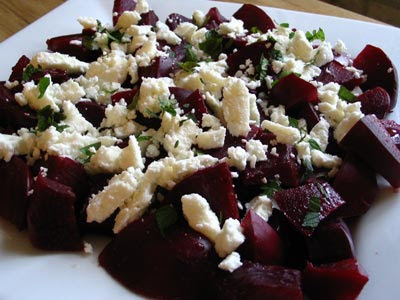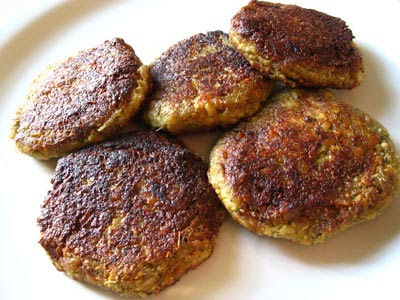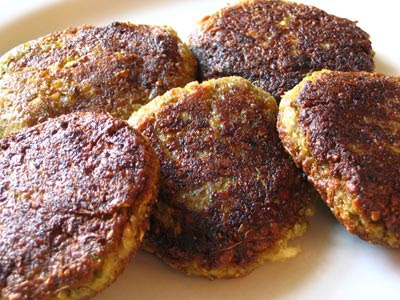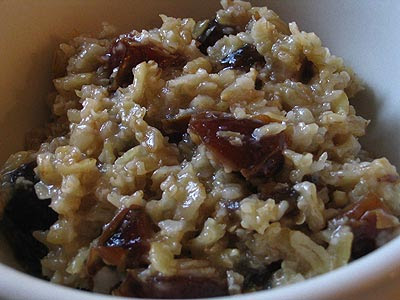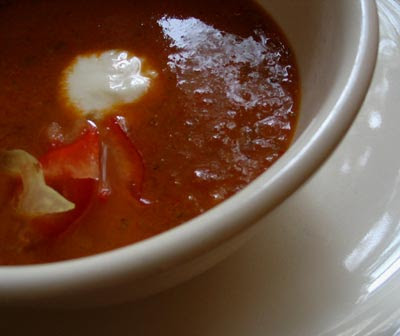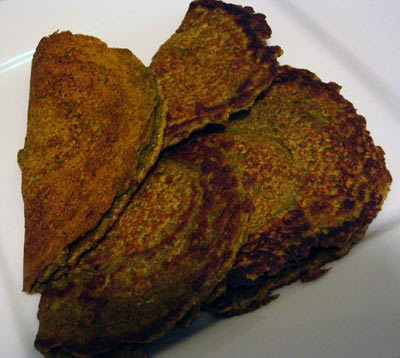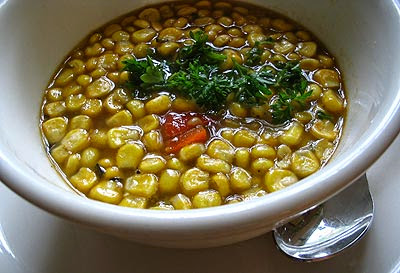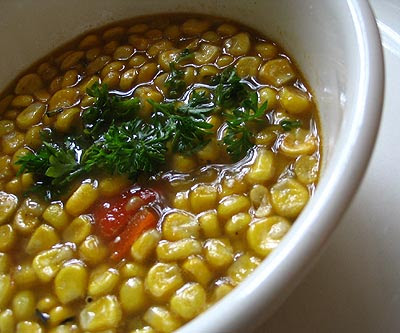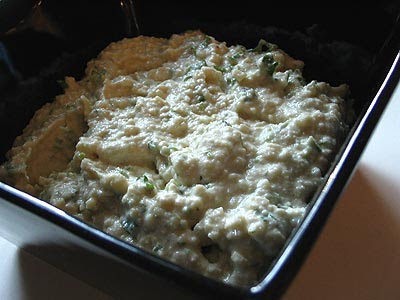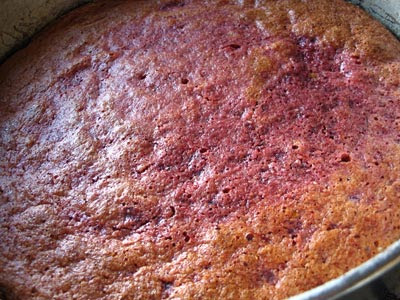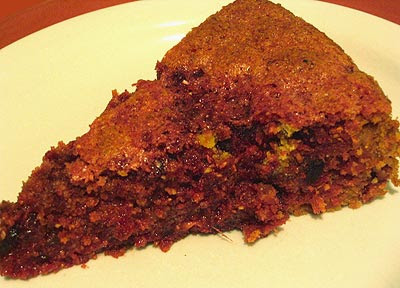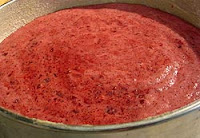 Cabbage is one of those vegetables I buy without knowing what I'm going to do with it and then look for a solution. Fortunately this vitamin C-rich vegetable is widely used around the world, so there's no shortage of ideas. And if you like Indian spicing and green peas as much as I do, then this bandhgobhi hari matar tarkari that I've adapted from Yamuna Devi's Lord Krishnas Cuisine
Cabbage is one of those vegetables I buy without knowing what I'm going to do with it and then look for a solution. Fortunately this vitamin C-rich vegetable is widely used around the world, so there's no shortage of ideas. And if you like Indian spicing and green peas as much as I do, then this bandhgobhi hari matar tarkari that I've adapted from Yamuna Devi's Lord Krishnas CuisineA specialty of the Amritsar region, this fragrant and spicy cabbage and pea dish is made with a very aromatic spice blend unlike any other I've come across, and is typically cooked in clay pots over open fires. But since most of us don't have that luxury (!) this recipe has been adapted for modern stovetops and ovens. Serve over white rice, on its own, or with a dollop of yogurt on top as an accompaniment to any Indian meal. If you're planning on eating this dish over more than one day, you might want to reduce the spices slightly as the heat in the vegetables increases over time.
Spicy Indian cabbage and green peas
Spice blend:
1/2 teaspoon caraway seeds
1/2 teaspoon coriander seeds
6-8 black peppercorns
5 whole cloves
1 teaspoon cardamom seeds
Vegetables:
2 tablespoons butter
2 tablespoons olive oil
2 large tomatoes, seeded and chopped
1/2 teaspoon turmeric
1/2 teaspoon paprika
1/4 teaspoon cayenne
1 small cabbage, about 1 pound, cored, trimmed and finely sliced into shreds
1 cup fresh or frozen green peas, defrosted
4 tablespoons fresh dill, chopped
1 teaspoon sea salt
Combine the spice blend ingredients in a spice mill or coffee grinder and grind to a powder. Set aside.
Preheat an oven to 325°. Heat the butter and oil in a large saucepan over medium-high heat. When hot, add the tomatoes, half of the spice blend, turmeric, paprika and cayenne, and cook, stirring frequently, for about 10 minutes or until the tomatoes are reduced to a thick sauce. Add the cabbage and stir to cover the vegetable with the sauce.
Remove the cabbage and sauce to a large casserole dish. Cover and place in the preheated oven. Cook for 30 minutes, stirring once or twice. If you are using fresh peas, stir in the peas after 15 minutes. Otherwise, stir in the defrosted frozen peas only in the last 2-3 minutes, along with the dill, salt and remaining spices.
Toss to mix and serve hot. Serves 6-8 as a side dish.

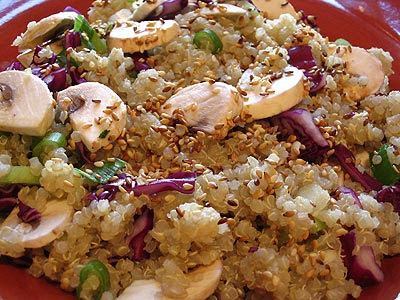
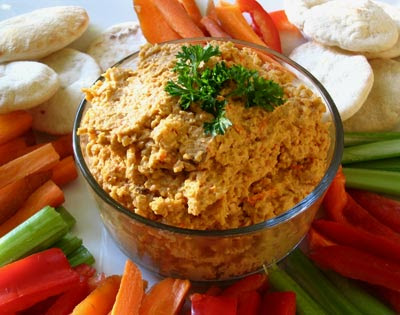

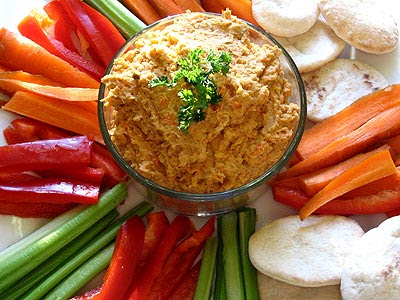
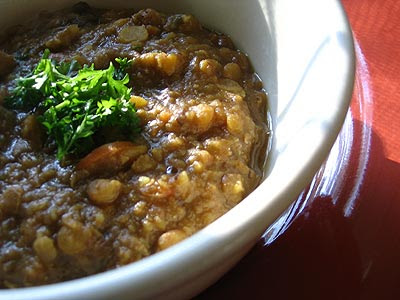
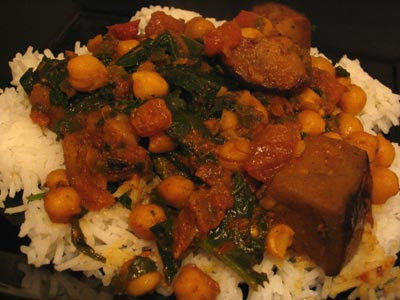
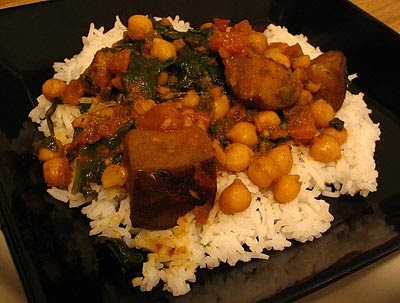
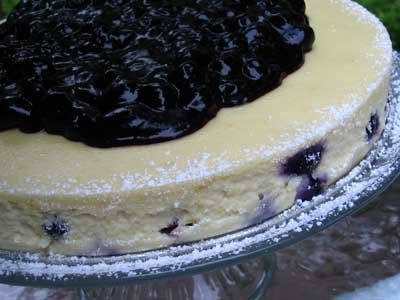
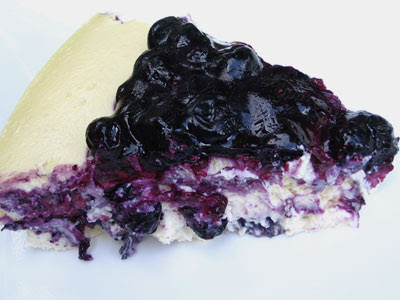
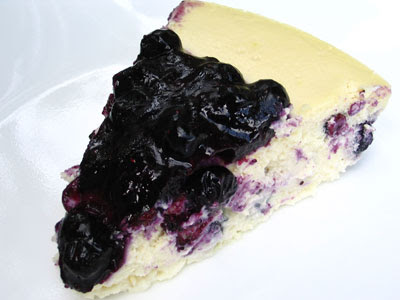
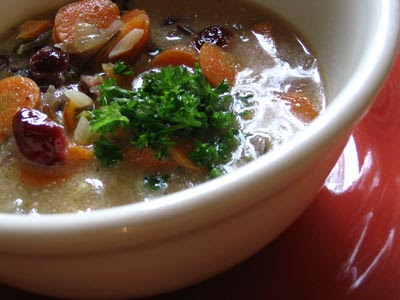


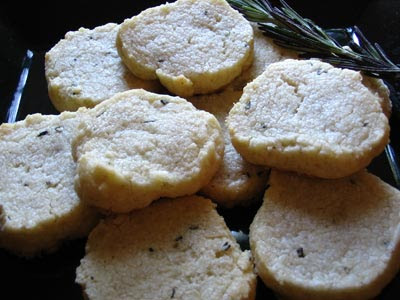
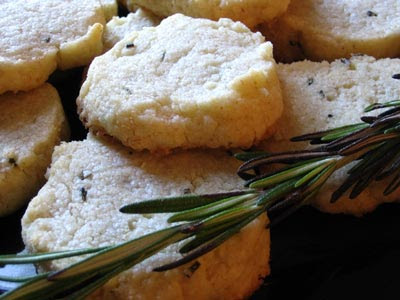
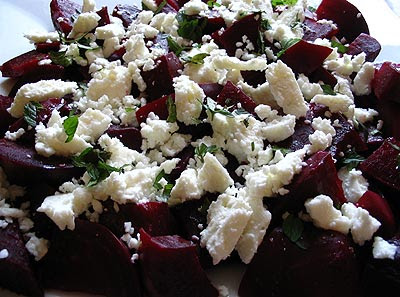
 Print this recipe
Print this recipe